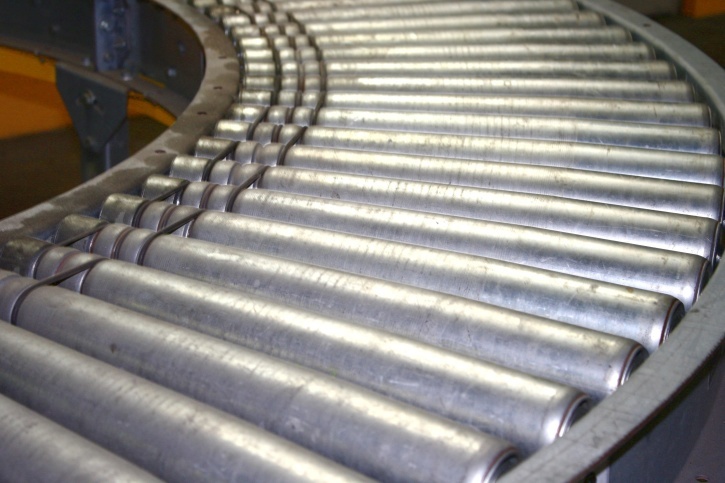
Production line and conveyor systems are subject to several problems that can cause unexpected downtime, leading to loss of profit, market share and customer relationships. In many cases, their efficiency suffers as a result of a lack of proper preventative maintenance.
With new technologies coming to market on a regular basis, production managers and engineers have the opportunity to make their lines and conveyor systems more efficient, whilst greatly reducing the possibility of breakdowns and downtime.
At Woodley Engineering, we are following the new developments closely to stay on top of our game in spare part production. These technologies are changing the way many manufacturers operate.
Real-Time Temperature Monitoring
Temperature is often a critical indicator of the equipment status for many manufacturers. It also indicates the condition of the process or the product. Infrared sensors can gauge the “health” of the production line, allowing the manufacturer to improve efficiency and reduce downtime.
Since technologies are improving on a regular basis, infrared (IR) equipment is becoming cheaper and more accessible for many companies. IR equipment can be either handheld or fixed. It spots equipment defects, maintains safety levels, and becomes an integral part of preventive maintenance. Infrared thermometers provide highly accurate readings.
The most important component of an infrared thermometer is the detector. There are two detector types, thermal and quantum. The quantum detector shows a faster reaction to absorbed radiation than its thermal counterpart.
Vibration Sensors
Maintaining and repairing production line and conveyor systems when something has gone visibly wrong results in formidable expenses. Catching the process before it turns into a costly problem can save companies thousands.
Vibration sensors can monitor critical machinery, such as bearings, shafts, motors, centrifuges, and much more. Bushes and bearings are most vulnerable to breakdown, and their failure can lead to costly downtime. As deterioration due to friction and wear occurs, the vibration signature changes. The sensor can convey the changes for further performance analysis.
As the technologies evolve, new and improved vibration sensors appear on the market. They are designed to withstand numerous environmental conditions and perform in different industrial applications. Some sensors can work in the temperature bracket between -55°C and +140°C. Some are even designed to withstand radiation.
Ultrasonic Sensors
Ultrasonic sensors can enhance production line efficiency and assist with process automation. They can recognise and count objects and measure liquid levels. Just like vibration sensors, ultrasonic sensors are important for detecting irregularities and possible damage to the production line and conveyor systems, thus reducing downtime and repair costs.
Technological advancements are making ultrasonic sensors suitable for many different industries and available for various tasks, including controlling items on the conveyor and checking their integrity.
At Woodley Engineering, we work hard to ensure our team is always ready to manufacture high quality replacement parts for your needs. To learn more about our services, please download our free Precision Engineering Guide by clicking here.





